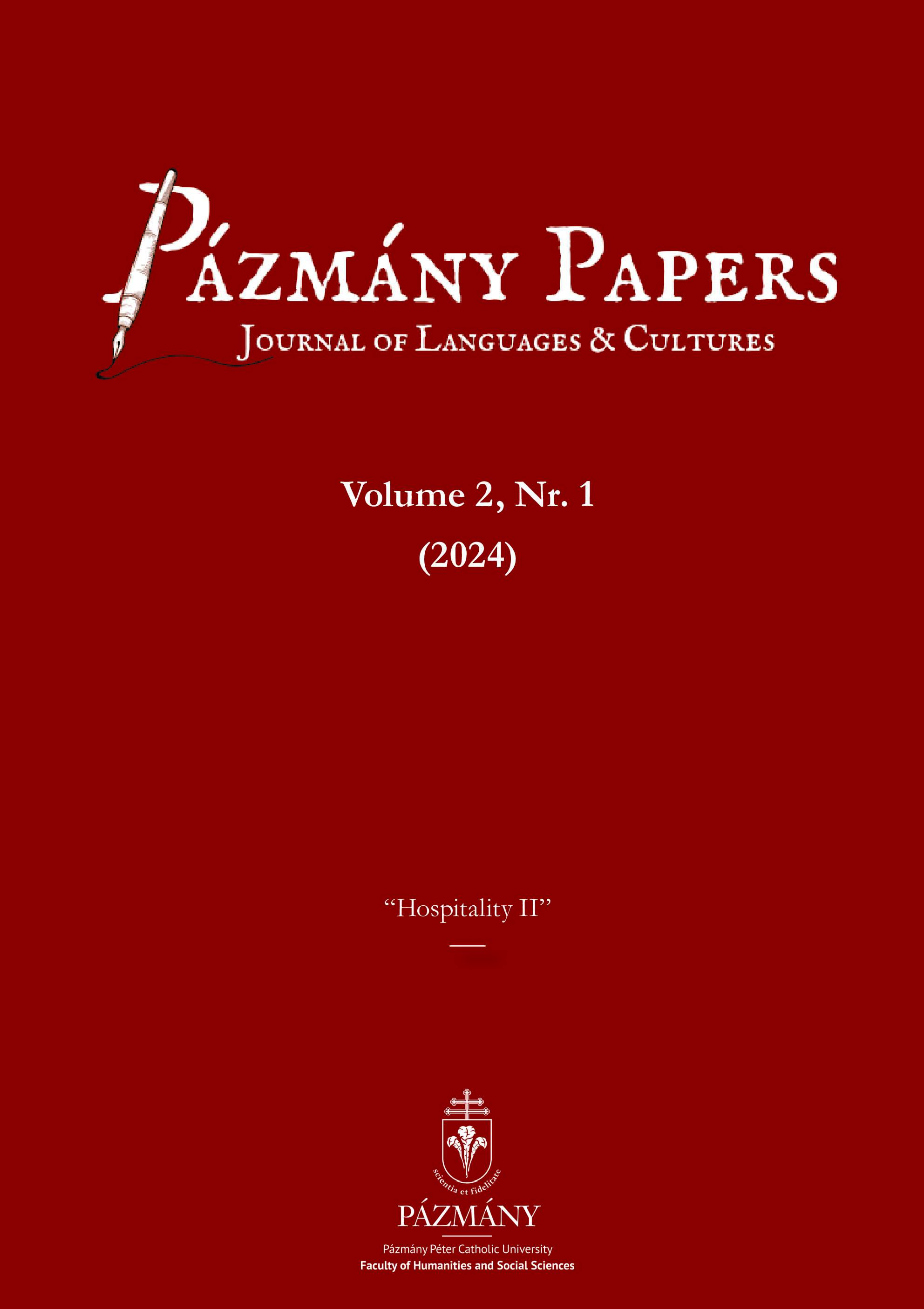Published 12/31/2024
Keywords
- Nemes Nagy Ágnes,
- poetry,
- modern Hungarian literature,
- bios,
- zoe,
- Agamben,
- melopoetic,
- tonality,
- sound,
- nature,
- plants,
- biopoetics
Copyright (c) 2024 Adrienn Pataky

This work is licensed under a Creative Commons Attribution 4.0 International License.
Abstract
After a brief explanation of Agamben's concepts of bios and zoe, and a discussion of Ágnes Nemes Nagy’s specific use of sound devices, this paper analyses a few of her poems that relate to the genesis of her 1967 collection Napforduló [Solstice]. These poems attempt to give voice to those that, in a worldview constructed from a human perspective, are voiceless. Essentially melopoetic, these poems are also examples of ars poetica performative texts. Using to the full the phonetic and rhythmic resources of poetry, the poems also give an account of their own genesis. The study seeks to answer how these formal aspects of the poems contribute to their power, and how, in combination with their theme, they relate to the question of (im)personalisation and the suspension of the human factor, as well as of entering into the perspective plants might have on the world. It examines the means by which Ágnes Nemes Nagy was attempting to bring nature’s non-anthropomorphic (yet organic) creatures to the fore, and to give them a voice.


